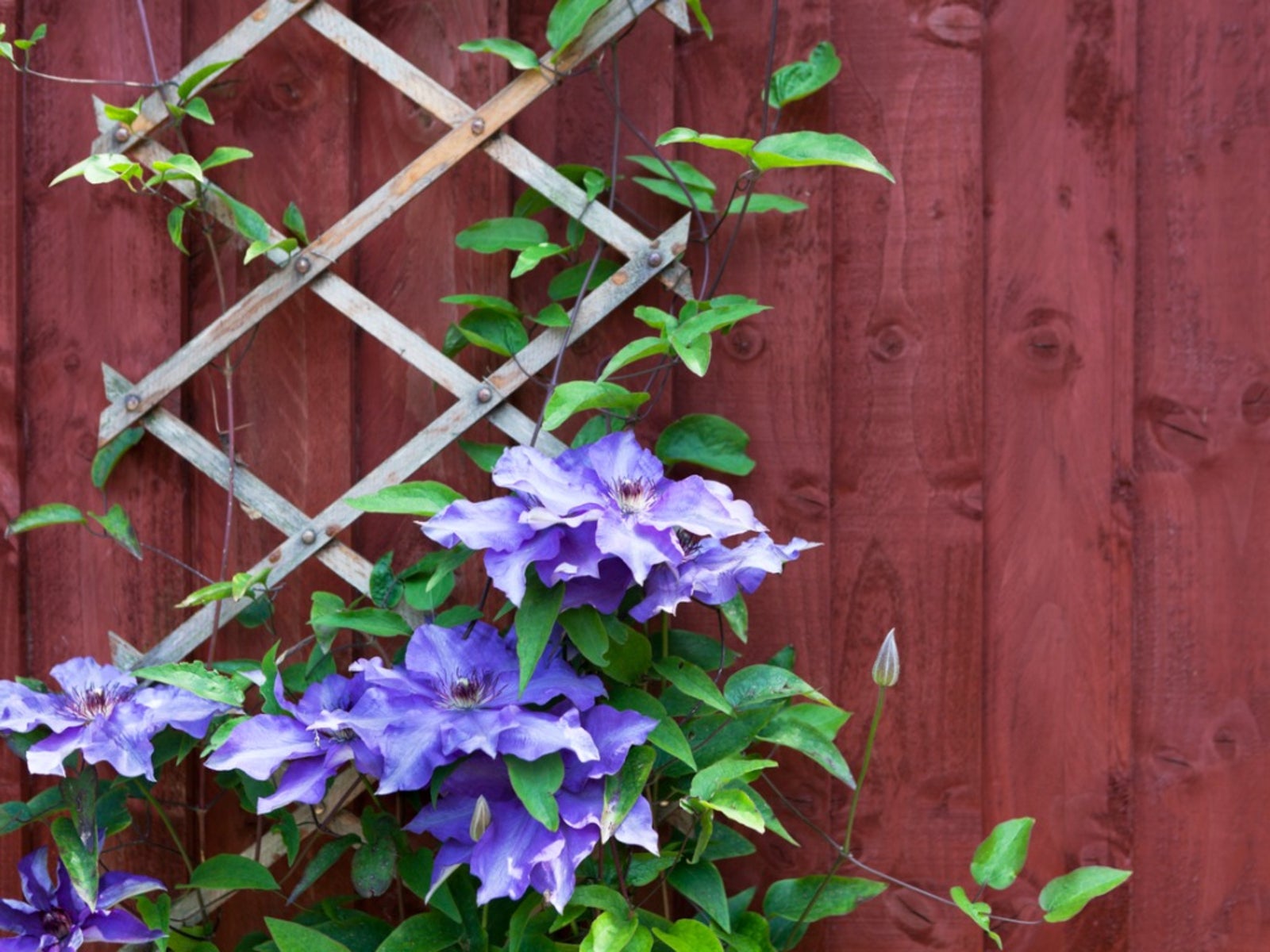How To Prune Clematis: Tips For Pruning Clematis Vines


Today's trend of using vertical space in the garden includes the use of a number of climbing and flowering plants. One widely used flowering specimen is the clematis, which may bloom in spring, summer, or fall depending on the variety. The diversity of plant types may leave you wondering when to prune clematis. Complicated instructions for pruning clematis vines can be found on the web, but many gardeners desire a simpler means of instruction. Follow these tips for pruning clematis and you will never lose a clematis bloom again.
Tips for Pruning Clematis
Before you get started, there are a couple tips for pruning clematis that you should know:
- Dead or damaged stems may be removed at any time when pruning clematis vines. Damaged plant parts will never be productive, so get rid of them as soon as they are noticed.
- Know when your clematis blooms. You may want to wait until the second year to prune clematis, especially if it is the large flowering variety. Always prune clematis when flowering is finished.
How and When to Trim Clematis
If you prune clematis immediately after bloom time is finished, you won't have to worry about removing next year's flowers. Prune clematis for shape at this time, removing up to one third of the plant, if needed. Avoid removing woody stems, if possible. Clematis pruning groups include those that flower on new growth and those that bloom on last year's woody stem. Once you're familiar with the bloom time of your clematis, you will be able to prune the vine before buds begin to develop. When deciding how and when to trim clematis, don't remove a developing bud. If you see buds developing when pruning clematis vines, you may be pruning at the wrong time.
Clematis Pruning Groups
- Flowers that bloom in spring grow on old wood. Blooms of this clematis developed during last year's growing season. Plants in this clematis pruning group should be pruned before the end of July to allow blooms for next year.
- Pruning clematis vines that flower in summer or fall should be done in early spring, as these flowers are produced on the current year's growth.
- Large flowering hybrids may produce a second set of blooms. Deadhead spent flowers for another series of blooms, though they will likely be smaller than the first, as these appear on new growth. When deadheading the first blooms, as much as 12 to 18 inches (31-46 cm.) of stem can be removed. This rejuvenates the plant and is often the best means of pruning clematis vines.
Gardening tips, videos, info and more delivered right to your inbox!
Sign up for the Gardening Know How newsletter today and receive a free copy of our e-book "How to Grow Delicious Tomatoes".

Becca Badgett was a regular contributor to Gardening Know How for ten years. Co-author of the book How to Grow an EMERGENCY Garden, Becca specializes in succulent and cactus gardening.
-
 Looking For Plants To Give You The Soft And Fuzzies? Try These 5 Fuzzy Leaf Plant Options
Looking For Plants To Give You The Soft And Fuzzies? Try These 5 Fuzzy Leaf Plant OptionsLovers of texture, drama, silver foliage and tactile plants will adore these special sensory garden additions. These fuzzy leaf plant options will leave you all aglow
By Susan Albert
-
 Get Ready For A Summer Of Hummers! Grow These Full Sun Hummingbird Plants and Flowers
Get Ready For A Summer Of Hummers! Grow These Full Sun Hummingbird Plants and FlowersIf you’re lucky enough to enjoy a sunny backyard, make sure you are maxing out on your pollinator opportunities and grow these full sun hummingbird plants and flowers
By Tonya Barnett